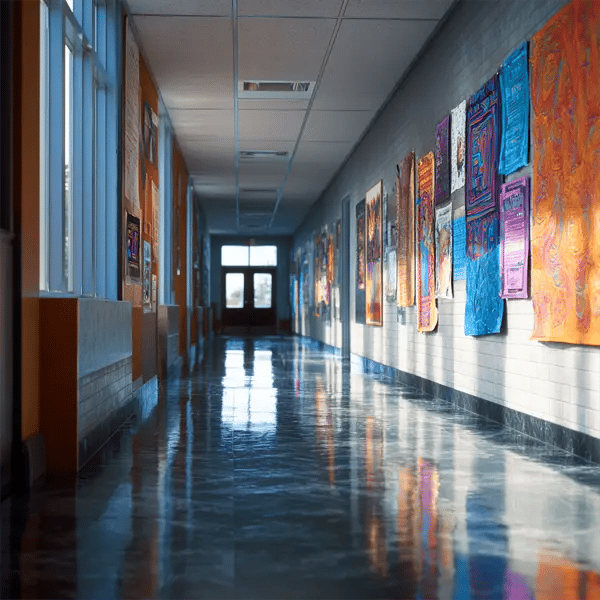Types Of Poster Paper For Schools
Posters can be printed on a variety of paper finishes, each suited for different school and classroom needs. The most common types are glossy, matte, satin, and canvas, with specialty options like vinyl, photo paper, and recycled paper available for specific uses.

What are the main types of poster paper?
When it comes to printing posters for schools, the most common paper types are glossy, matte, satin, and canvas. Each one has its own benefits depending on how you’ll use it in the classroom or around campus. Glossy paper makes colors shine and is perfect for event posters or student artwork. Matte paper doesn’t reflect light, so it’s great for educational charts, rules, or anything with lots of text. Satin is a nice middle ground, giving you vibrant colors without too much glare. Canvas adds a special, textured look that feels artistic. Schools can also explore options like vinyl for outdoor events, photo paper for detailed images, or recycled paper for eco-friendly projects.
Why is glossy poster paper so popular?
Teachers and schools love glossy paper because it makes every poster look extra bright and lively. The shiny finish makes photos, graphics, and student projects jump off the page, which is perfect for bulletin boards, fundraisers, or school spirit events. Parents and students notice the polished look right away, which is why glossy is often chosen for announcements and displays. Of course, there are a few things to consider. Glossy paper can create glare under classroom or gym lights, and it may show fingerprints if kids touch it often. But if you want bold, colorful visuals that grab attention at a school fair or in the hallway, glossy paper is a strong choice.
What makes matte poster paper a good choice?
Matte paper is a favorite in schools because it makes posters easy to read from any angle. The non-reflective surface helps eliminate glare, which means students can clearly see lesson charts or classroom rules, even under bright overhead lights. Teachers often use matte posters for subject materials, schedules, or inspirational messages where clarity is more important than flashy colors. The finish gives everything a clean and professional look without distractions. Plus, matte posters are more resistant to fingerprints and smudges, which helps when students or staff handle them. While the colors may look softer than glossy, matte’s calm and readable style works especially well in classrooms and busy hallways.
How does satin poster paper compare to glossy and matte?
Satin paper offers schools the best of both worlds. It brings out rich colors like glossy paper but doesn’t reflect classroom lights the way glossy does. That makes it easy to read and still visually engaging. Teachers often choose satin for science fair projects, student presentations, or parent-teacher night displays because it looks sharp and polished without being overwhelming. The finish also helps prevent fingerprints, so posters stay clean even when students are involved in setting them up. Satin may not be quite as bold as glossy, but it offers a nice balance of brightness and readability, making it a versatile option for many school activities.
When should canvas or specialty poster papers be used?
Canvas paper is a wonderful choice when schools want posters that feel extra special. Its textured surface makes a poster look like a piece of artwork, which is why principals often use canvas prints for long-term displays, student recognition, or decorative pieces in common areas. The sturdy material also lasts longer than regular paper, so it’s a smart investment for posters you plan to use year after year. Keep in mind that the texture can soften tiny details, so it’s not always best for small print. Beyond canvas, schools can explore vinyl for outdoor banners at sports events, photo paper for detailed images like class collages, or recycled paper for eco-friendly classrooms.

